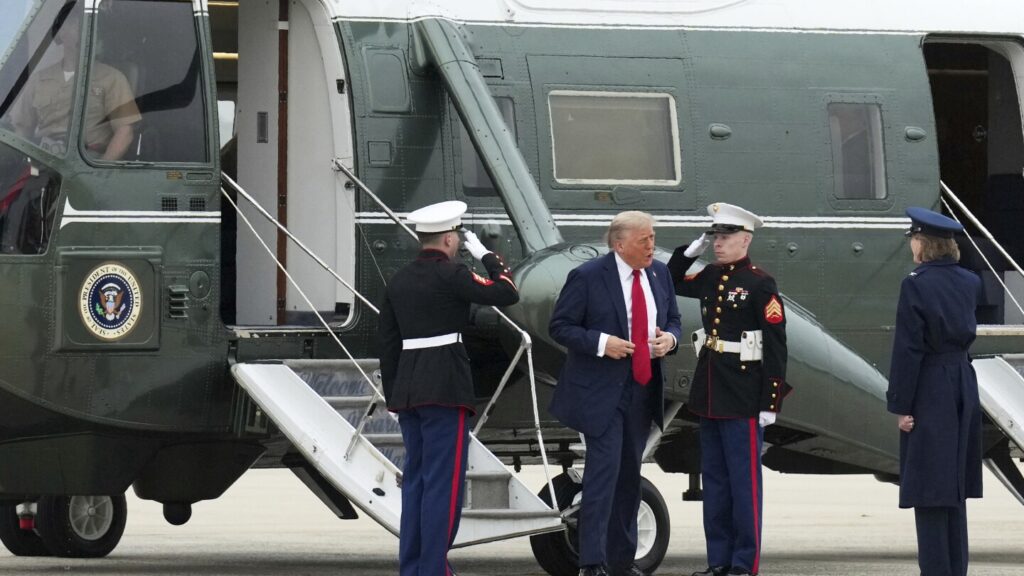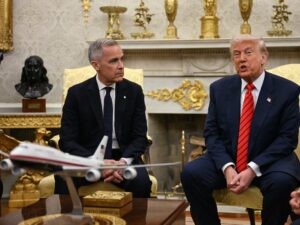
KANANASKIS, Alberta — As the Group of Seven summit kicks off in Canada’s Rocky Mountains, world leaders are aiming to avoid the tensions that marred previous meetings, particularly the 2018 summit where U.S. President Donald Trump famously clashed with other leaders.
Immediate Impact
This year’s G7 summit, beginning Monday, is set against a backdrop of heightened global tensions, including trade disputes, ongoing conflicts, and geopolitical challenges. Leaders are keen to minimize any potential controversies, especially given the past discord involving President Trump.
Key Details Emerge
In 2018, Trump left the summit in Quebec with harsh words for his Canadian hosts, instructing U.S. officials to oppose the G7 joint statement. This year, his administration has already imposed significant tariffs affecting several nations, raising concerns about a potential global economic slowdown.
“I have instructed our U.S. Reps not to endorse the Communique as we look at Tariffs on automobiles flooding the U.S. Market!” Trump posted on social media.
With little progress on conflicts in Ukraine and Gaza, and the escalating tension between Israel and Iran, the summit’s agenda is packed. Climate change, immigration, and emerging technologies like artificial intelligence also demand attention.
Industry Response
As Trump departed the White House, he mentioned the possibility of new trade agreements but provided no specifics. His administration’s mixed signals about international alliances add uncertainty to the summit’s outcomes.
By the Numbers
- 25% tariffs on steel, aluminum, and autos disproportionately affect Japan.
- 10% tax on imports from most countries, with potential rate increases.
- Canada and Mexico face tariffs up to 25% under the guise of stopping fentanyl smuggling.
Background Context
The G7 originated in 1973 as a finance ministers’ meeting and has evolved into a platform for addressing global issues. Previously expanded to the G8 with Russia, the group expelled Russia in 2014 following its annexation of Crimea.
Expert Analysis
Experts suggest that the lack of a joint statement this year indicates the Trump administration’s focus on unilateral goals, such as increased tariffs and fossil fuel production. Caitlin Welsh from the Center for Strategic and International Studies notes the administration’s preference for “no deal over a bad deal.”
“The Trump administration almost certainly believes that no deal is better than a bad deal,” said Caitlin Welsh.
Regional Implications
With leaders like U.K. Prime Minister Keir Starmer emphasizing the importance of maintaining a good relationship with Trump, the summit’s dynamics are closely watched. The absence of a consensus statement underscores the administration’s reluctance to engage in collaborative policymaking.
What Comes Next
Trump’s upcoming bilateral meetings with Canadian Prime Minister Mark Carney, Mexican President Claudia Sheinbaum, and Ukrainian President Volodymyr Zelenskyy could shape future diplomatic relations. However, tensions remain high as the U.S. seeks to balance its trade policies with maintaining alliances.
The summit’s outcomes will likely influence global economic strategies and international relations in the months to come. As leaders navigate these complex issues, the world watches closely for signs of cooperation or further discord.






